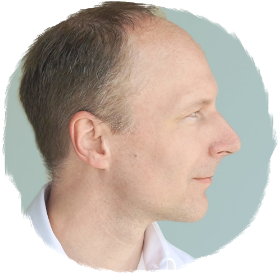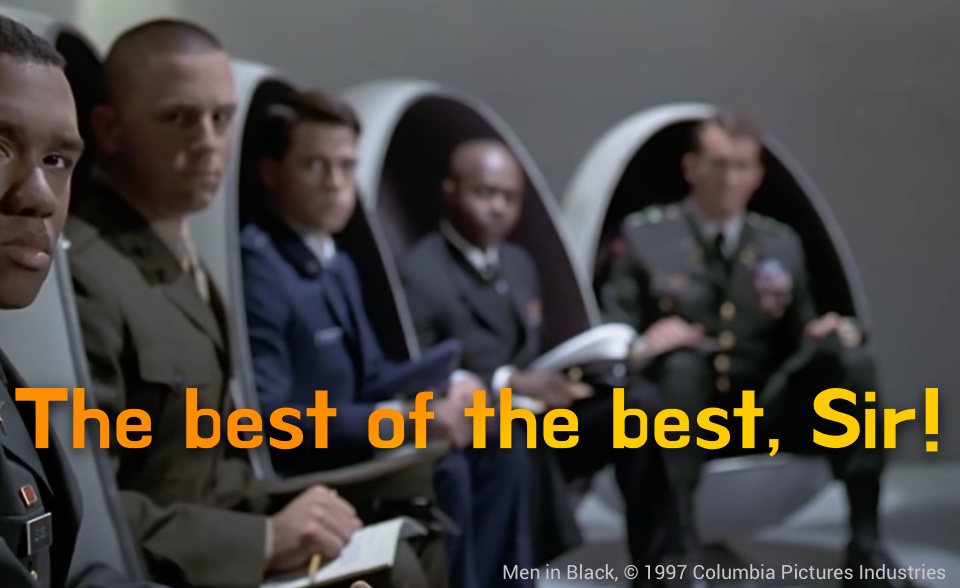My neighbours somehow convinced me to join their 6k morning runs. Three times a week at 5:30am, at the break of dawn. Pretty awesome actually. Especially since I have the luxury of taking naps afterwards.
Jogging in Ho Chi Minh City, Vietnam, figure that. That’s actually possible because of the lockdowns and the New Normal, in terms of air quality. Also, I live in one of the cleaner areas in the city. As most everywhere else, there’s no notable sidewalks or parks here, however traffic in the early mornings is slow enough to use the streets for running.
One of the things you would notice about this area is, that it’s jam packed with hyper-expensive schools and pre-schools. Very fancy daytime detention centers. Facilities in which children are temporarily confined, denied a variety of freedoms and trained to adapt a mindset of obedience, under the authority of the state or state licensed private organisations. In some streets these facilities are built almost back to back, with very prominent roadside advertising billboards in between them. As I limped-by by the tenth or so, I asked myself, “Am I too upset about schools? Do I take my critique too far? Shouldn’t I focus more on my running?”
I recalled Elizabeth Kübler-Ross and her five stages of grief: denial, anger, bargaining, depression and acceptance. “Now at age 48, shouldn’t I have reached the stage of acceptance already?” I thought.
But then I also recalled the great Alice Miller, I paraphrase into a first-person perspective:
“After having experienced child maltreatment it is not enough to grieve about what happened, as psychoanalists assume. It is indispensable to rebell against the endured cruelty, as well as clearly recognize and reject it. Only this way we become free of the tendency to unconsciously repeat the same pattern. The suppressed rage subsists in our bodies if it was never consciously experienced, nor expressed.”
I was thinking, “True that. I haven’t even started to feel angry. My rage is just in its feebly beginnings. I will write more about what compulsory schooling really is, about its unreformable, psychopathic nature. And how I clearly reject it, as my professional choices are proof of. I will not hold back.”
As I passed by another fan·cy-schman·cy Kindergarten, I suddenly saw it very clearly: Children are experts at studying the feelings, expressions and behaviour of adults, the grown-up’s interactions and daily routines, as the child’s mission is to become a member of society, be a valuable part of their community. All this is taken from children at the doorstep of Kindergarten.
Children are grouped by age. They are put into cells they call classrooms, together with a (quite often stressed-out by the burden of responsibility) woman with a shrill, loud voice. Not only is a whole range of freedoms taken from the children, such as privacy and the right to refuse compliance, but worst of all, they are robbed of context.
Small wonder I felt so alienated in Kindergarten myself, when I was a child. Children are removed from their parents, their parent’s work and life reality, and put in a room with children the same age. There’s nothing of importance to do or learn, no mind to study. And soon enough, in the absence of meaning, the children will stumble into games and quarrels of hierarchy, social class, possession of items, levels of compliance and playing favourites, and so forth, and so forth.
Right there at the doorstep of Kindergarten the processing begins. Even the most well-meaning, hard working educator does not stand a hint of a chance to help it. And if they try, they will burn out quicker than you can say Herbert Freudenberger. Stripping meaning and context from human lives is the very nature of the psychopathic, narcotic compulsory schooling. It’s the system’s design, and it’s perfectly resilient against change or reform.



